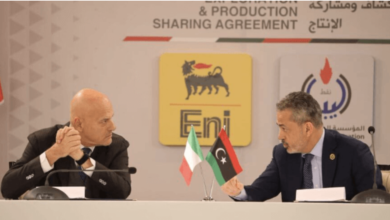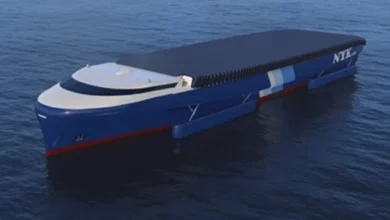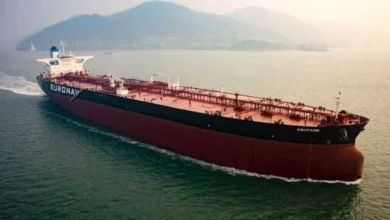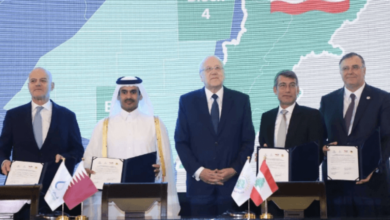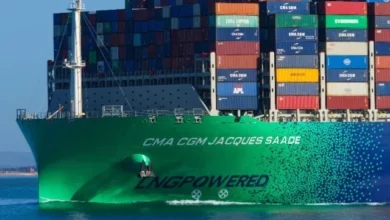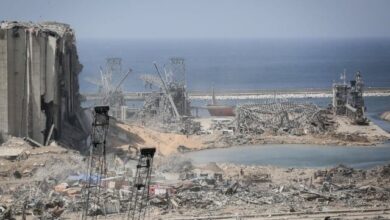Trade : INDIA’S LARGE STEEL EXPORTS NOT SUSTAINABLE

: Though weak domestic demand has prompted Indian steel producers to look at exporting the commodity, rating agency Icra is of the view that large volumes of steel exports from India are not sustainable in the near term.
India’s finished steel exports grew 76 per cent during April-May 2020 and stood at 1.71 million tonne, as against the domestic demand, which contracted by 69 percent during the same period.
In fact, export of semis from India has also risen significantly by 281 per cent to 1.29 million tonne during April-May 2020 with China being the largest beneficiary (78 per cent share). If both finished steel and semis are combined China became the largest export destination for India during Apr-May 2020 with a nearly 48 per cent share, said Icra.
Lack of domestic demand following the countrywide lockdown amid the Covid-19 pandemic has prompted Indian steelmakers to look at the export markets, it said.
Meanwhile, when compared with China’s average import purchase price of $972 per tonne, India’s export realisation to China remain much lower at $357 per tonne
, implying low value-added products such as semis being majorly exported by India.
Despite low export realisations, domestic steel mills have remained profitable due to low iron ore prices, said Icra.
“Despite sharply lower HRC (hot-rolled coil) export realisations during April and May 2020, a significant drop in iron ore fine prices, as reflected by a drop in NMDC’s prices from Rs 2,860 per tonne ex-mine in March 2020 to Rs 1,960 per tonne in May 2020 provided some relief to domestic blast furnace players,” Jayanta Roy, senior vice-president & group head, corporate sector ratings, Icra, was quoted as saying.
“When compared with the international prices, domestic iron ore prices remained significantly lower even after witnessing an increase in July 2020, giving a cost advantage of $103/MT of steel produced,” Roy added.
Despite this, Icra is of the view that large export volumes from India are not sustainable. India’s steel exports were a stop-gap arrangement during the period of subdued domestic demand, where domestic steelmakers preferred to export at less remunerative prices to liquidate the existing inventory and keep their mills running.
Alongside, even the wide gap between India’s steel prices, especially for HRC, during Apr-May 2020 in the domestic and export markets have started reducing in June and July 2020. This, coupled with a nascent recovery in domestic steel demand and the recent strengthening of the rupee against the US dollar points at a possibility of reduction in steel exports in the coming months.
Source: Business Standard



